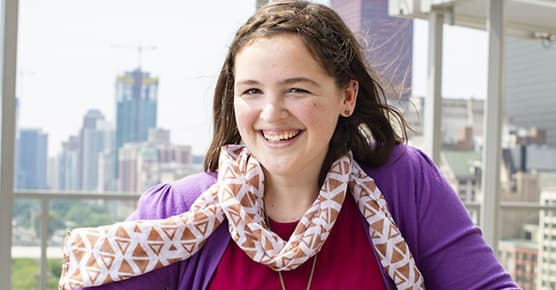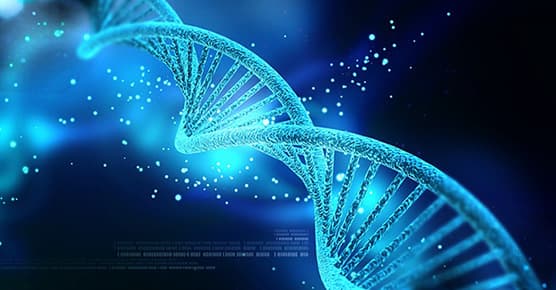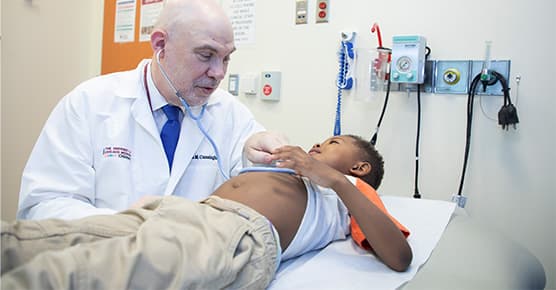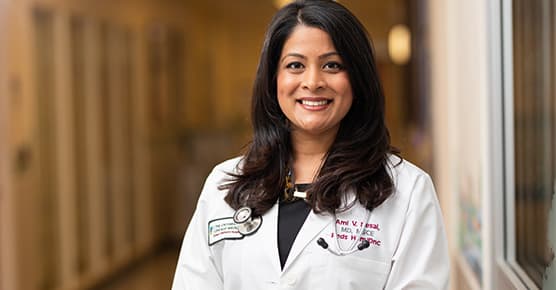Childhood Leukemia

AYA Oncology Services for Leukemia
Our state-of-the-art Adolescent & Young Adult Oncology Program offers coordinated and personalized care for adolescents and young adults with leukemia.

Our Childhood Leukemia Team
Our Comer Children's Hospital leukemia team includes attending physicians who are experts in the treatment of childhood leukemia, a nurse practitioner, and a nurse specialist.

Research on Childhood Leukemia
Our innovative pediatric cancer research program has made key discoveries to advance the understanding of the diagnosis and treatment of leukemia in children and adults.

Get a Second Opinion
We provide a second opinion on the diagnosis or treatment plan of your child’s cancer or blood disease.

Leukemia Resources
Our Pediatric Cancer Locations in Chicago and Northwest Indiana
Request an Appointment
We are currently experiencing a high volume of inquiries, leading to delayed response times. For faster assistance, please call 773-702-6169 to schedule your appointment.
If you have symptoms of an urgent nature, please call your doctor or go to the emergency room immediately.
For Referring Physicians
To refer a pediatric patient for leukemia care, please call UCM Physician Connect at 1-800-824-2282.
* Indicates required field


